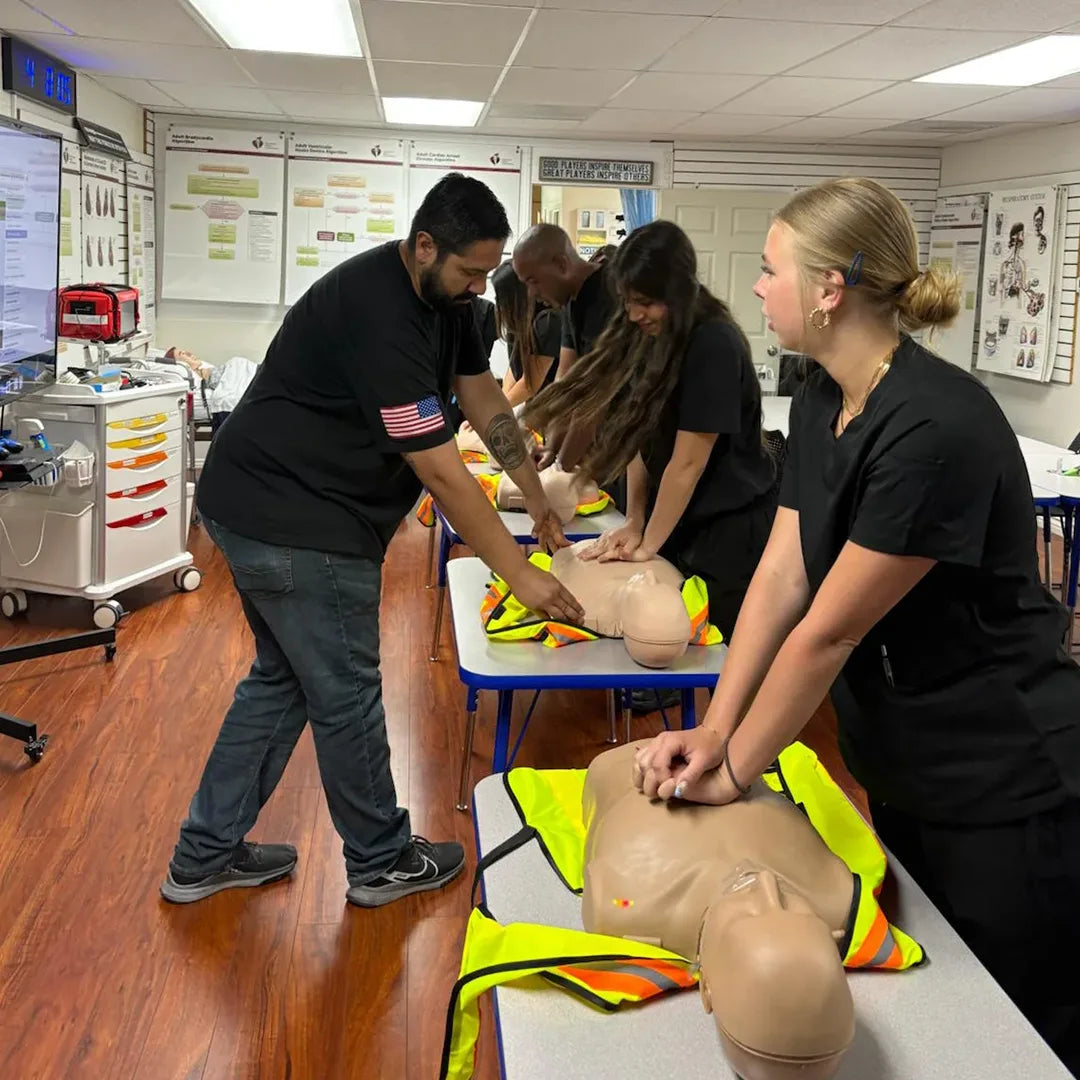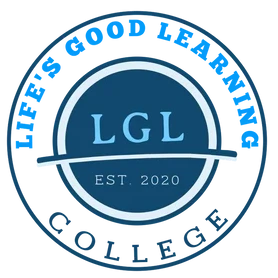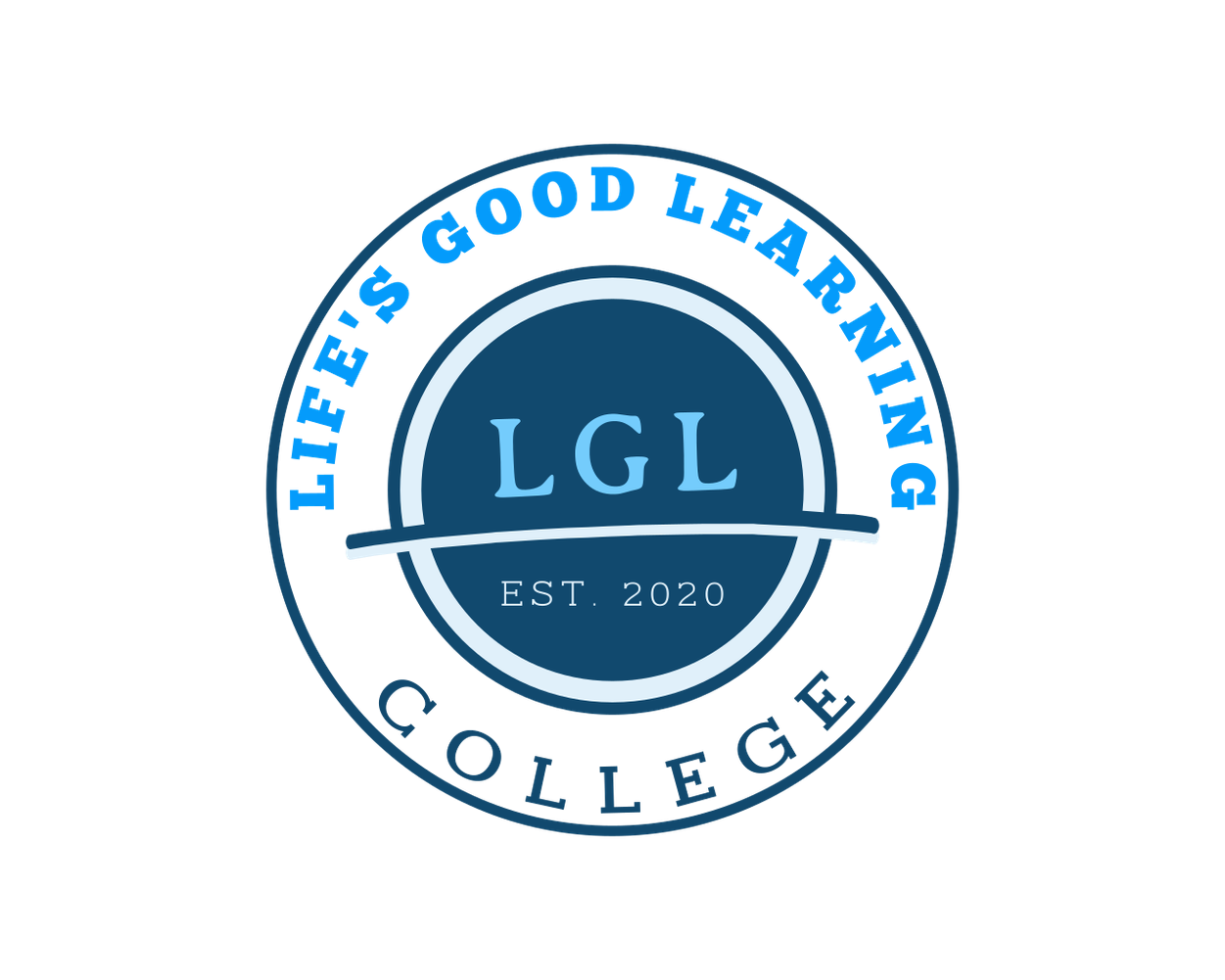
BLS Certification for Healthcare Professionals
Share
In the fast-paced world of healthcare, the ability to respond quickly and effectively to life-threatening emergencies is critical. That’s why Basic Life Support (BLS) certification is a mandatory credential for most healthcare professionals. Whether you’re a nurse, doctor, paramedic, or medical assistant, being BLS-certified ensures that you can provide immediate and effective care during cardiac arrest, respiratory failure, or obstructed airway emergencies.
In this guide, we’ll explore why BLS certification is required, what the American Heart Association (AHA) BLS course includes, and how you can become certified through LGL College or other reputable providers.
Why BLS Is Required in Healthcare
BLS certification for healthcare professionals isn’t just a box to check—it’s a vital skillset. The American Heart Association (AHA), Red Cross, and other governing bodies require BLS training for all frontline healthcare workers.
Here’s why BLS certification is essential:
- Improves Patient Survival: BLS teaches effective chest compressions, rescue breathing, and AED (automated external defibrillator) use, which can double or triple a patient’s chance of survival during cardiac arrest.
- Meets Employer & Regulatory Requirements: Hospitals, clinics, and nursing homes mandate BLS for compliance with federal, state, and accreditation standards.
- Builds Confidence in Crisis Response: When seconds count, certified professionals can act immediately and efficiently—without panic or hesitation.
Whether you're a CNA, LVN, RN, EMT, or physician assistant, BLS is often a prerequisite for clinical employment and ongoing licensure.
AHA BLS for Healthcare Providers Explained
The AHA BLS for Healthcare Providers course is the gold standard in emergency cardiovascular care training. It’s designed specifically for individuals who work in a clinical or prehospital care setting.
Key features of the AHA BLS course include:
- Science-based Curriculum: Follows the most up-to-date guidelines from the American Heart Association.
- Realistic Simulations: Provides hands-on training using manikins and AEDs.
- Evidence-Based Instruction: Instructors are trained in the latest research on emergency response and CPR techniques.
Who Should Take AHA BLS for Healthcare Providers?
- Registered Nurses (RNs)
- Licensed Vocational Nurses (LVNs)
- Medical Assistants
- Emergency Medical Technicians (EMTs)
- Respiratory Therapists
- Dentists and Dental Assistants
- Physical Therapists
Course Topics: Airway, Breathing, Circulation
The core topics of BLS revolve around the ABC principles: Airway, Breathing, and Circulation. These are the building blocks of life-saving care in any medical emergency.
Airway
You’ll learn to:
- Open and maintain a clear airway using head-tilt, jaw-thrust, or suction techniques.
- Identify airway obstructions like choking or vomit.
- Use airway adjuncts (oropharyngeal or nasopharyngeal airways).
Breathing
BLS trains providers to:
- Deliver rescue breaths using a pocket mask or bag-valve mask.
- Recognize signs of inadequate breathing.
- Support ventilation in patients with respiratory arrest or distress.
Circulation
Circulation involves:
- High-quality chest compressions (rate, depth, recoil).
- Recognition and use of an AED.
- Managing cardiac arrest and performing CPR until advanced care arrives.
- These skills must be practiced and mastered to pass the BLS skills assessment.
Team Dynamics in Emergency Scenarios
BLS is not only about individual performance. It also emphasizes team dynamics—a critical component in real-life resuscitations.
Key elements of team dynamics covered in BLS include:
- Clearly defined roles and responsibilities: Who’s managing compressions, breaths, AED, timing?
- Closed-loop communication: Confirming and repeating instructions to avoid misunderstandings.
- Effective leadership and followership: Knowing when to take charge and when to support.
In healthcare environments, emergencies often involve multiple responders. BLS training ensures that all team members can work together seamlessly to improve outcomes.
Hands-On Practice Requirements
While online modules cover theory, hands-on BLS training is where you build muscle memory and real-time decision-making.
During the practical portion of your BLS certification, you will:
- Perform CPR on adult, child, and infant manikins.
- Practice using AED devices in simulated scenarios.
- Demonstrate relief of choking in conscious and unconscious patients.
- Participate in team-based resuscitation drills.
This tactile experience helps reinforce the skills necessary to act swiftly in an actual emergency.
BLS Certification Process Step-by-Step
Wondering how to get certified? Here's a breakdown of the typical BLS certification process:
Step 1: Choose a Trusted Provider
Enroll in a course from an AHA-certified training center like LGL College, Red Cross, or a local hospital. Online BLS with hands-on skills testing is often available.
Step 2: Complete the Online or Classroom Learning
You can choose a blended learning format (online + in-person) or attend a fully in-person class. The content covers CPR, AED, rescue breathing, choking, and team dynamics.
Step 3: Pass the Written Test
Most BLS courses include a multiple-choice exam to assess your understanding of emergency protocols.
Step 4: Demonstrate Skills Competency
You’ll need to show mastery in:
- Performing chest compressions
- Giving rescue breaths
- Using an AED
- Coordinating in a team setting
Step 5: Receive Your BLS Provider Card
Once you pass the exam and skills test, you’ll receive a BLS provider certification, typically valid for 2 years.
Maintaining BLS as a Healthcare Worker
BLS certification is valid for two years, after which you must renew it through a BLS renewal course. Many employers require your certification to be current at all times to maintain employment.
Tips for Staying Current:
- Set Reminders: Keep track of your expiration date and schedule recertification a few months ahead.
- Join a Reminder List: LGL College offers notifications for upcoming renewal deadlines.
- Practice Regularly: Periodic CPR refreshers can keep your skills sharp even between certifications.
Renewing your BLS is often faster than the initial course and includes updates on the latest AHA guidelines.
Where to Get Certified Near You
Whether you're in California or another U.S. state, you can find AHA-accredited BLS courses near you. LGL College offers flexible in-person and blended learning options tailored to healthcare professionals' busy schedules.
Popular Places to Get BLS Certified:
- LGL College Training Centers – Convenient locations and flexible scheduling
- Hospitals & Medical Centers – Often offer in-house BLS training to staff
- Community Colleges – Affordable courses taught by qualified instructors
- Online Providers with In-Person Skills Testing – Ideal for self-paced learning
Use search terms like:
- “BLS certification near me”
- “AHA BLS course for healthcare providers”
- “Basic Life Support classes in Orange County California”
…to find the best training provider in your area.
Conclusion
BLS certification is more than a requirement—it’s a life-saving skill that every healthcare professional must master. From understanding the basics of airway, breathing, and circulation to applying hands-on CPR in real-world situations, BLS training ensures you're always prepared for the unexpected.
At LGL College, we’re proud to offer BLS certification for healthcare providers through high-quality instruction, flexible scheduling, and AHA-aligned curriculum. Whether you're entering the healthcare field or renewing your credentials, we’re here to support your journey every step of the way.

